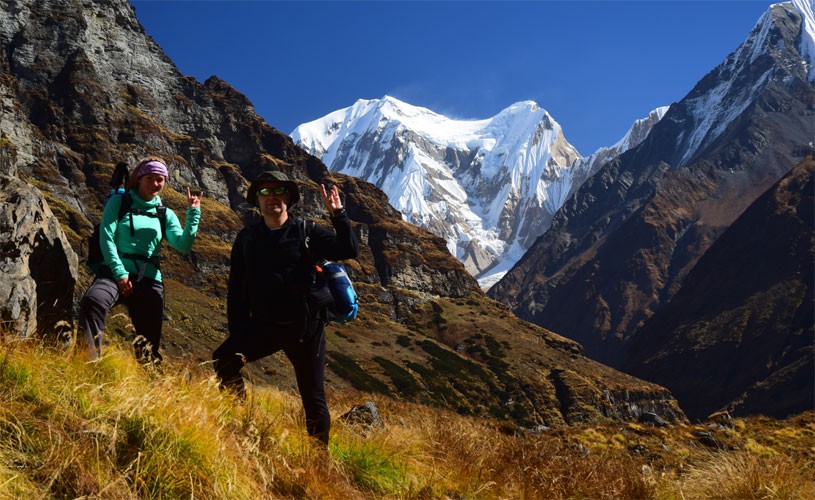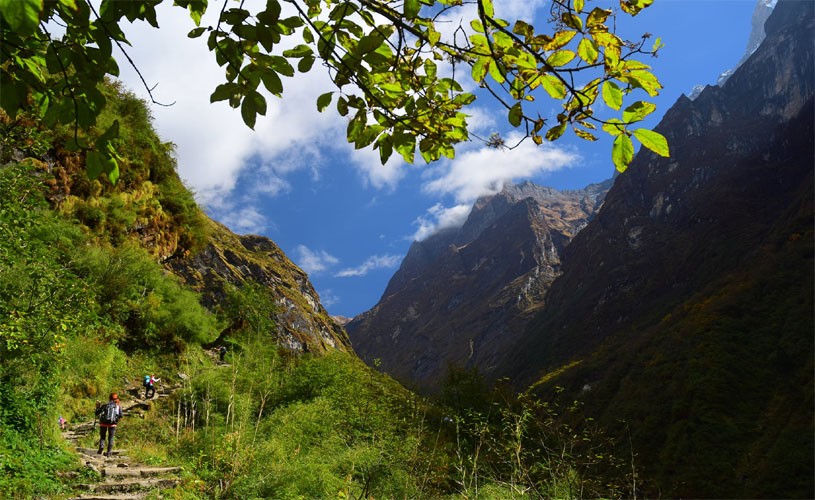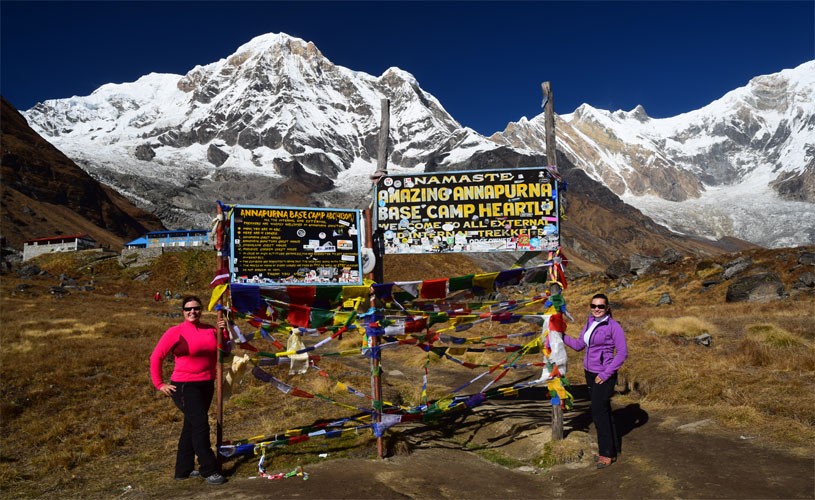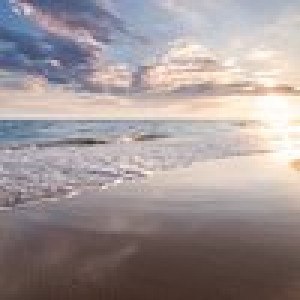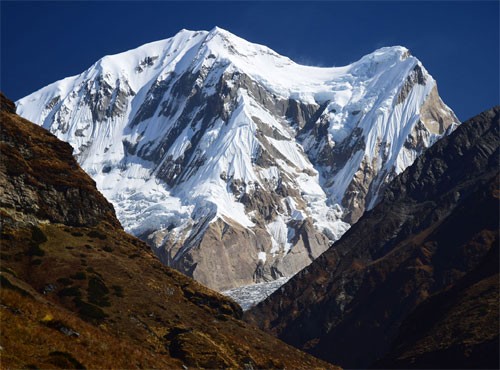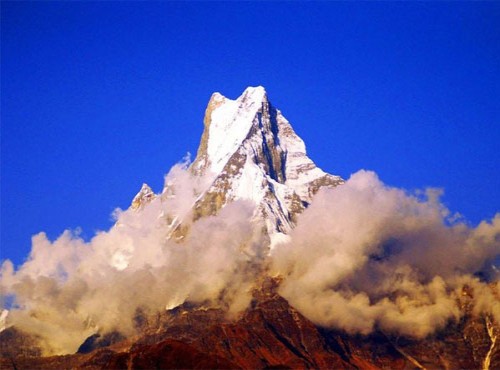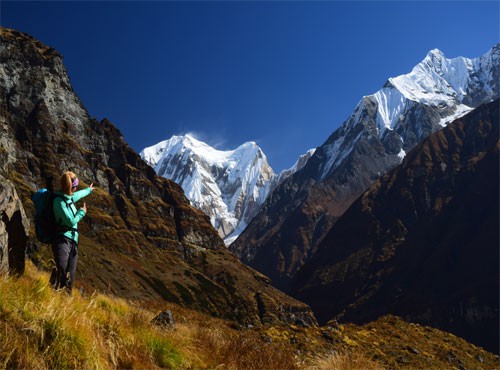Note:
Your safety is of the utmost concern while traveling with Adventure Club Trek. We will make every effort possible to follow the original itinerary. However, we reserve the right to change that itinerary if a segment of it becomes a safety issue. Certain mountain regions are remote, natural disasters can happen, weather conditions can decline, and there can be illness or injury. To avoid dangerous situations, we may occasionally have to make changes to the itinerary to ensure everyone’s safety. That being said, Adventure Club Trek will strive to provide you with the best possible trekking experience and keep your safety our number one priority. We thank you for your understanding.
Acclimatization And High Altitude Sickness:
The acclimatization planned during the trip helps trekkers adapt to the environment with less oxygen. Our body needs time to adjust to the higher altitudes. Rushing to the higher elevation without acclimatization may result in acute mountain sickness (AMS), which could be fatal. The trekkers may suffer from AMS above 2,400m/7,875ft as the amount of oxygen becomes less and less with the increase in elevation.
We can categorize AMS into three categories with its symptoms. The trekker suffering from regular AMS feels giddy, gets headaches, Nausea, and is out of breath, and is suggested not to worry as it disappears after the body gets used to less oxygen. Likewise, trekkers suffering from mild AMS show symptoms of dizziness, muscular pain, insomnia, headache, vomiting, loss of appetite, rapid heartbeat, and shortness of breath. Mild AMS can be treated with anti-headache medicines. A person suffering from severe AMS shows heightened symptoms, including shortness of breath, even while taking rest. The trekker with severe symptoms can barely walk, and fluids may start building up in the lungs. The trekker with severe AMS must be taken to a lower altitude immediately.
Advanced Cases Of AMS:
If AMS is not treated in time, it can be life-threatening and lead to edema, a condition in which fluid is accumulated in the tissues of the body. Following are the two serious altitude sicknesses caused at high altitudes.
High Altitude Cerebral Edema (HACE):
In HACE, the brain gets swollen, which can lead to coma and even death. Its symptoms are paralysis on one side of the body, bladder dysfunction, fatigue, bowel dysfunction, loss of coordination, and confusion. Descend to a lower altitude as soon as possible to prevent the worsening of the condition.
High Altitude Pulmonary Edema (HAPE):
Fluid is accumulated in the lungs, which also increases the capillary pressure. Its symptoms include severe shortness of breath at rest, dry cough that later produces pink frothy sputum, and fatigue. Important Note: Severe cases of AMS are rare. All our guides at the Adventure Club Trek are aware of the symptoms of AMS and can handle it with care. We prioritize acclimatization, talk about the use of Diamox beforehand, and counsel all our trekkers on the risk and preventive factors before and during the trip. Your safety is our main concern.
First-Aid Kit:
Our guides and porters are equipped with a basic first-aid kit during regular treks. For expeditions that take on isolated and off-the-beaten trekking paths, a comprehensive first-aid kit is compulsory; the same goes for climbing expeditions as well.
- A bandage in case of sprains.
- Plasters/ Band-aids and antiseptic ointments for simple cuts
- Iodine or water filter (optional) instead of buying bottled mineral water
- Moleskin/Second skin in case of blisters.
- Aspirin/Paracetamol -painkiller.
- Oral rehydration salts-Nava Jeevan or Jeevan Jal (orange-flavored ORS)
- The broad-spectrum antibiotic (norfloxacin or ciprofloxacin).
- Anti-diarrhea medication (antibiotic).
- Diarrheal stopper (Imodium - optional).
- Diamox 250/500mg (for altitude sickness).
- Gel hand cleaner/sanitizer.
Note: We can add medical supplies per the special needs of the trekkers to the first-aid kit given above.
Equipment And Packing List:
We recommend that you bring the items to the list below. Suppose your trek is longer or shorter than that. In that case, appropriate adjustments can be made to reflect the specific requirements, season, and length of the trip. Adventure Club Trek will provide the items marked with an asterisk (*) at no additional cost. You are welcome to use your articles if you already have them and prefer your own. Many trekking items can be bought cheaply in the Thamel neighborhood of Kathmandu; quality will vary, with the items imported from China often being of higher quality. There are also several high-end shops in Kathmandu which carry well-known brands. Since our porters will carry your pack, please remember the weight limitation is 15kg (33 lbs since there is nothing there but some prayer flags. Also, please note that you still need to send me a list of gear.
* The Adventure Club Trek will lend each trekker a set of down Jackets, sleeping bags,s and duffle bags.
* Our leading guide, trained in wilderness first aid, will carry a comprehensive medical kit.
Important Documents And Items:
- Valid passport, 2 extra passport-size photos, airline tickets.
- Dollars, pounds, or Euros in cash for purchasing a Nepali visa at Kathmandu airport, for paying for restaurants and hotels, for gratuities, snacks, and buying your drinks and gifts.
- Credit cards, Bank/ATM/Cash machine cards for withdrawing funds from cash machines (bring a photocopy of your cards), traveler's checks, etc.
HEAD
- Bandana or headscarf is also helpful in dusty conditions.
- Warm hat that covers your ears (wool or synthetic)
- Headlamp with extra batteries and bulbs
- Sunglasses with UV protection
- Prescription sunglasses (if required)
UPPER BODY
- Polypropylene shirts (1 half sleeve and 2 long sleeves)
- Light and expedition-weight thermal tops
- Fleece wind-stopper jacket or pullover
- Waterproof (preferably breathable fabric) shell jacket
- Down vest and jacket *
- Gore-Tex jacket with hood, waterproof and breathable
LOWER BODY
- non-cotton underwear briefs
- 1 pair of Hiking shorts
- 1 pair of hiking trousers
- 1 pair of lightweight thermal bottoms (seasonal)
- 1 pair of fleece or woolen trousers
- 1 pair of waterproof shell pants, breathable fabric
FEET
- 2 pairs of thin, lightweight inner socks
- 2 pairs of heavy poly or wool socks
- 1 pair of Hiking boots with spare laces (sturdy soles, water-resistant, ankle support, "broken-in")
- 1 pair of trainers or running shoes and sandals
- Cotton socks (optional)
- Gaiters (winter only), optional, "low" ankle high version
HANDS
- Pair of lightweight poly-liner gloves.
- 1 pair of lightweight wool or fleece gloves
- 1 pair of mittens consisting of 1 Gore-Tex over mitt matched with a very warm polar-fleece mitt liner (seasonal)
-
TOILETRIES
- 1 medium-sized quick-drying towel
- Toothbrush/paste (preferably biodegradable)
- Multipurpose soap (preferably biodegradable)
- Deodorants
- Nail clippers
- Face and body moisturizer
- Female hygiene products
- Small mirror
- Personal Hygiene
- Wet wipes (baby wipes)
- Tissue /toilet roll
- Anti-bacterial handwash
SLEEPING
- 1 sleeping bag (good to -10 degrees C or 14 degrees F)*
- Fleece sleeping bag liner (optional)
- Rucksack and Travel Bags
- medium rucksack (50-70 liters/3000-4500 cubic inches, can be used for an airplane carryon)
- large duffel bag *
- A small daypack/backpack for carrying your valuables should have good shoulder padding
- Small padlocks for duffel-kit bags
- 2 large waterproof rucksack covers (optional)
Medical
- Small, personal first-aid kit. (Simple and light)
- Aspirin, first-aid tape, and plasters (Band-Aids)
- Anti-diarrhea pills
- Anti-headache pills
- Cough and cold medicine
- Anti-altitude sickness pills: Diamox or Acetylpolyamine
- Stomach antibiotic: Ciprofloxacin, etc. Do not bring sleeping pills, as they are respiratory depressants.
- Water purification tablets or the water filter
- Extra pair of prescription glasses, contact lens supplies
- Extras/Luxuries
- Reading book
- Trail map/guidebook
- Journal and pen
- Binoculars (optional)
- Voltage converter (from 220 to 110)
- Plug adapter (2 round pegs to 2 flat pegs)
Visa And Entry Procedure:
Everyone needs a visa to enter Nepal except Indian nationals. Citizens of the SAARC nations like Pakistan, Bangladesh, and Bhutan do not require a visa for 30 days. Fortunately, getting a Nepal visa is an easy process. Tourist visas are issued on arrival at the international airport and official overland entry points. However, travelers from Afghanistan, Iraq, Cameroon, Ghana, Somalia, Swaziland, Senegal, Zimbabwe, Nigeria, Ethiopia, and Liberia have yet to be issued a visa on arrival. After you arrive at the Tribhuvan International Airport in Kathmandu, you will find electronic kiosks that will assist your visa processing. After taking the completed form and paying the visa fee, you need to stay in the long immigration queue for your visa on arrival.
Visitors can now apply for an online visa within 15 days of their arrival date in Nepal. For this, you will need your Nepal hotel address and a digital passport-sized photo that needs to be uploaded to the online application. After submitting the form online, you need to print out the confirmation page, which has to be furnished at the immigration section in Kathmandu airport, along with your passport and the required visa fee.
Tourists can also apply for a Nepali visa at the local Nepali Embassy or Consulate in their respective countries. Or, they can even mail their visa application to the visa office near their location, but well ahead to allow sufficient processing time. Nepal visa information for all categories of travelers and their correspondence cost can be convenient for more information and contact details of the Nepali Embassies and Consulate around the world.
Whichever way you enter Nepal, you will be given a 15/30/90-day visa as per your requirement. The general Nepal tourist visa fee on arrival for multiple entries is:
15 days – US$30, 30 days – US$50, and 90days – US$125
Tourist visas can be extended for a maximum of 150 days in a year, and these extensions are granted only at the Department of Immigration offices in Pokhara and Kathmandu. For more information on Nepal visas, visit our visa information page.
Our Trekking Guides/Leaders:
Here at Adventure Club, our staff is like family. We only use locals to support their communities, and we train our staff rigorously to be the best they can be – for you!
- Full first-aid training
- Guide Training (trekking)
- English and other common languages (as requested)
- Village and Land Conservation
- Mountaineering (for specialty expeditions or climbing treks)
All our guides are carefully trained for leadership, as good leadership is vital for your trek to be enjoyable, safe, and successful. Most of our guides grew up in Sherpa country or other mountainous parts of Nepal. Their pride in their region shows itself in how they lead treks and interface with you.
Porters Care:
On any team, courtesy and respect are fundamental for an enjoyable and worthwhile experience. Our porters are an essential, integral part of each trekking team, and as such, they are well-treated and well-paid. After your trek, you will find that they have fully earned your gratitude and respect. We expect all trekkers to keep the weight of their baggage under 15kgs/33lbs. Adventure Club Trek maintains a total commitment to the rights of our porters, providing them with appropriate clothing, gear, and lodging. In case of severe accident or sickness, they receive the same care as anyone else employed on the trekking team, even including evacuation by helicopter at our expense if appropriate. We fully support the IPPG (International Porter Protection Group), which strives to maintain and improve our porter's working conditions.
Travel Insurance:
To be adequately protected in terms of insurance, you will need specialist travel insurance for participation in hazardous activities. A travel insurance policy that covers helicopter evacuation, trip cancellation, injury, death, lost baggage, theft, liability, medical treatment, and expenses is strongly recommended. Ensure the insurance covers all the activities you will be undertaking during your stay in Nepal, such as trekking and climbing. Suppose you are injured and unable to travel. In that case, you can only ask for a rescue helicopter from a remote area if you have definite proof that you can pay for it. Adventure Club Trek has an agreement in Kathmandu that guarantees payment for helicopter evacuations. They pay a cash deposit to the helicopter operator and collect the money from you once you have been rescued. Be sure your policy specifically covers mountaineering or alpinism, or you may need help to settle a claim.
Communication:
On the Annapurna Base Camp Trek in Nepal, the internet service will be available at lodges with some extra service charge. You can contact your family and friends from the guesthouses. However, as we reach higher altitudes, communication will be through the phone for safety purposes. We communicate with all our valuable clients through the team leader at least once a day to ensure you are fine and enjoying the trip. The Adventure Club Trek office in Kathmandu will constantly contact you for the help you may need during the trek. Depending on the network you use, there could be a poor signal to the network before the high altitude. Upon your request, we can provide you with a separate local sim card to better the network. Many places have WIFI service available at an extra cost.
Group Size And Team Composition:
We always form a small group of like-minded people to give them a wonderful and perceptive travel experience. It provides opportunities to interact and share in a fun-filled environment when out in the wilderness. Generally, our travel group comprises a maximum of 14 members. We need at least two participants to run our fixed departure dates. For private trips, the number of group members does not apply. We always strive to form a team, ensuring that the members are comfortable with one another.
Tipping:
Tipping is optional in Nepal, as most services include a service charge. However, if you want to express your gratitude, you are free to tip drivers and hotel staff. People usually welcome such generosity. When listing your porters or trekking leaders, use your discretion as per the quality of the services. Tip money does not form a part of our employees' wages. However, you can use tipping to show appreciation for excellent service at the end of the trip.

